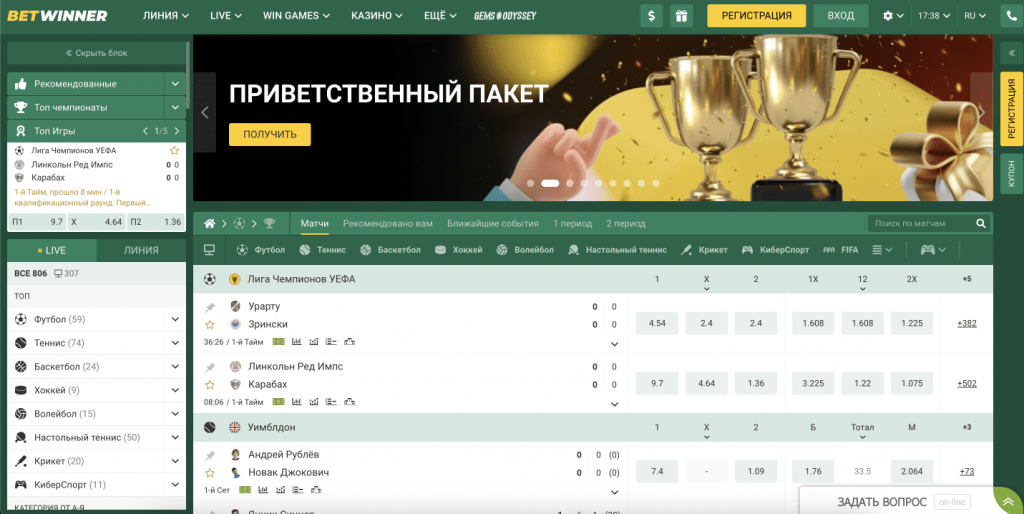
rugby world cup odds are more than just numbers on a betting slip — they encapsulate probability, bookmaker margins, market sentiment and opportunities for value. For fans and bettors alike, understanding how these odds are formed and how to interpret them is essential to making informed wagers during the Rugby World Cup. This guide explains how to read lines, compare markets, spot value, manage risk and adjust strategies as the tournament unfolds.
The basics: odds translate perceived probability into a payout structure. Decimal, fractional and American formats present the same information in different ways, but the key concept is implied probability. Convert decimal odds to implied probability by dividing 1 by the odds. For example, decimal odds of 2.50 imply a 40% chance (1 / 2.50 = 0.40). Summing implied probabilities across mutually exclusive outcomes will usually exceed 100%; the excess is the bookmaker’s margin or “vig.” Understanding this margin helps bettors determine whether a market offers genuine value or is heavily skewed in the house’s favor.
Bookmakers set rugby world cup prices by combining quantitative models with qualitative inputs. Models use team ratings, recent form, head-to-head records, injuries, travel and weather. Qualitative adjustments come from expert handicappers and market behavior. Early markets reflect model outputs and sharp money from professional bettors; as public money flows in, lines can shift to balance a book. Tracking opening odds against current prices can reveal where consensus or heavy backing lies and whether sharp action or public sentiment drove the move.
Markets at the World Cup extend beyond simple match winners. You’ll find outright tournament winner markets, group winner bets, point spreads (handicaps), totals (over/under points), first try scorer, margin of victory, and in-play markets during matches. Each market carries its own dynamics: outrights are influenced by tournament structure and potential knockout paths, while match markets are often shaped by squad rotation, weather and match importance. Prop markets can offer large returns but usually involve greater variance and require specific knowledge of player roles and set-piece tendencies.

Value betting is the practice of identifying odds that underestimate the true probability of an outcome. To find value, form your own probability estimate via models or careful analysis and compare it to the implied probability from bookmakers. If your estimate is higher than the implied probability, the bet may offer value. Discipline matters: value does not guarantee a win on any single bet, but consistently staking on positive EV (expected value) bets, combined with sound bankroll management, should yield long-term profit. Many bettors use the Kelly Criterion or fractional Kelly to size stakes according to edge and variance tolerances.
Bankroll management is critical during a major tournament where markets and momentum can shift rapidly. Set aside a dedicated bankroll for World Cup wagering and determine unit sizes as a small percentage of that bankroll. Avoid chasing losses by increasing stake size impulsively. Instead, adjust units only after recalibrating your edge assessments. Consider diversifying across markets and bet types to reduce volatility — a mix of outrights, singles and small multiples can balance risk and opportunity.
Live betting adds a dynamic layer to rugby wagering. Matches offer changing probabilities as scoring events, substitutions and cards occur. Watching possession statistics, ruck success, lineout control and territory can give real-time insights that are not always immediately reflected in live odds. However, live markets are fast-moving and often incorporate higher margins for the bookmaker. To succeed, focus on markets you understand well, predefine triggers for when you’ll enter or hedge a position, and be ready to act quickly to capture short-lived inefficiencies.
Hedging is an important tactic in a tournament. If you’ve backed an outright and your pick advances with increased odds for eventual victory, hedging part of your position can lock in profit or reduce downside risk. Similarly, in-match hedging can protect a pre-match bet against an unfavorable swing. Calculate the potential outcomes before hedging to ensure the move improves your expected outcome relative to leaving the bet untouched.

Research and data: the best bettors combine quantitative tools with qualitative insights. Use team performance metrics — effective yards, tackle success rate, turnover differential, scrum and lineout efficiency — to build a model or to test bookmaker prices. Monitor injury reports, rotation signals from coaches, and environmental factors like altitude or heavy rain. For international rugby, squad depth matters: a top-tier nation with numerous high-quality replacements can withstand rotation in pool games, whereas a narrower squad may struggle if key players are rested or injured.
Shop for odds across multiple bookmakers and consider exchanges where available. Differences in lines can be substantial for outrights and props; finding the best price boosts long-term returns. Exchanges also offer the ability to lay bets, which can be a powerful tool for hedging and arbitrage when combined with sportsbook offers. Keep an eye on promotions — free bets, enhanced odds and money-back specials can provide short-term edges, but always read the terms to ensure conditions do not negate expected value.
Psychology and discipline separate recreational bettors from consistent winners. Avoid bias toward favorite teams, and resist the urge to bet every game. Set clear rules for when you will bet and when you will pass. Track results meticulously and review both winners and losers to refine your approach. It’s also useful to maintain humility: even the best models will be wrong sometimes, especially in a sport as unpredictable as rugby where single moments — a turnover, a yellow card, a long-range penalty — can change the course of a match.
Finally, consider the tournament arc when planning betting strategy. Early pool games can present opportunities as markets find footing; later-stage knockout matches often feature tighter lines influenced by fatigue, injuries and momentum. Adjust your approach accordingly: early bets might favor spotting market inefficiencies, while later bets require sharper focus on form, matchups and in-tournament narratives.
In summary, successful wagering on the Rugby World Cup blends probability literacy, market awareness, disciplined bankroll management and timely research. By converting odds to implied probabilities, looking for value relative to your own assessments, and managing stakes carefully, you can approach the tournament’s markets with a competitive edge. Whether you’re backing an underdog in a pool match or trading an outright position as the knockout rounds progress, a methodical, data-informed approach will maximize your chances of long-term success.
